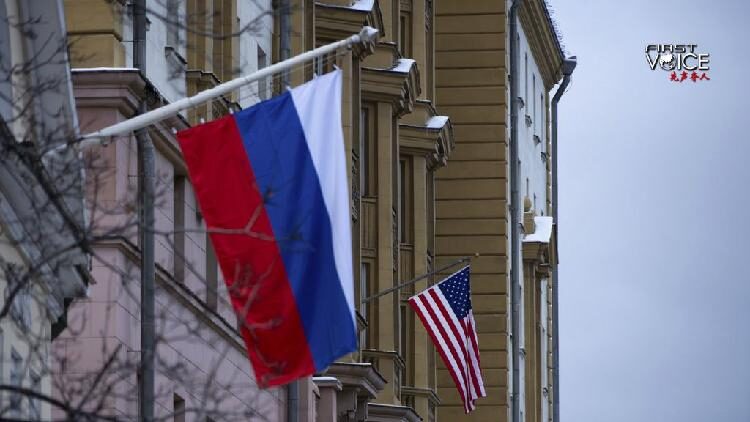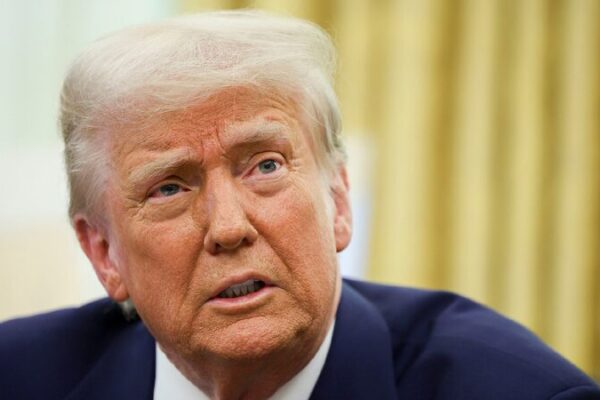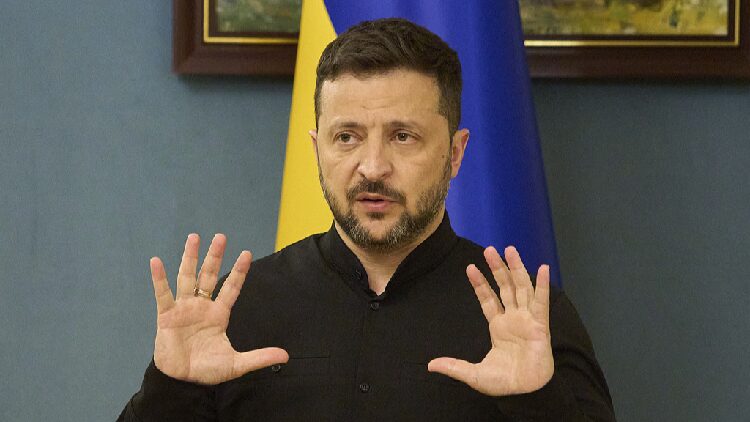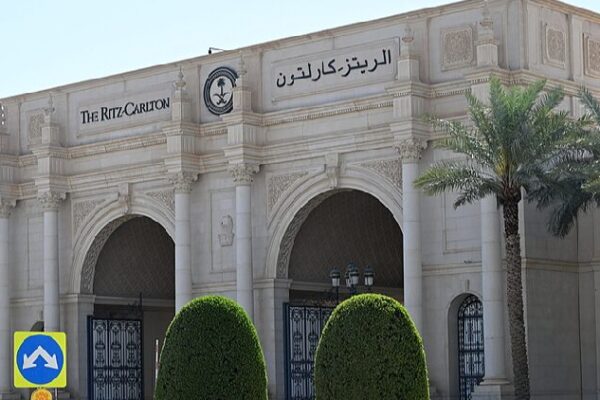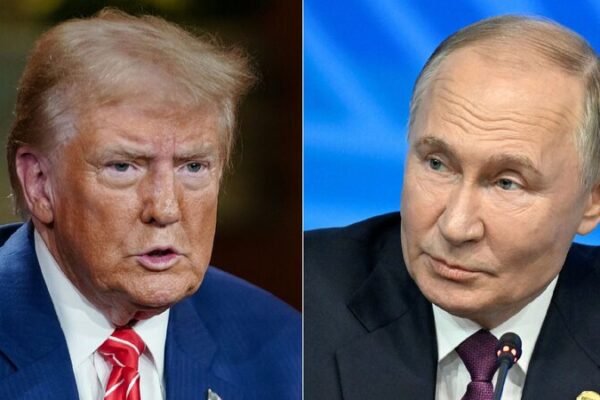However, this move has raised eyebrows among European allies. European leaders had anticipated a united front against the Kremlin, but President Trump’s direct negotiations with Russia, without Ukraine or Europe at the table, have sparked concerns. Trump’s pragmatic approach, focused on “America First,” suggests a willingness to prioritize U.S. interests, even if it means diverging from traditional alliances.
UK Prime Minister Keir Starmer and French President Emmanuel Macron have responded by rallying support for Ukraine independently. Starmer hosted a virtual meeting with leaders from France, Germany, Italy, Australia, Canada, and others to coordinate increased pressure on Russia and bolster military aid to Ukraine. “We will keep tightening restrictions on Russia’s economy to weaken Putin’s war machine and bring him to the table,” Starmer stated.
Russia’s reaction has been swift and sharp. Deputy Chairman of the Russian Security Council Dmitry Medvedev warned that continued military aid to Kyiv could escalate tensions, implying a risk of war with NATO.
The diverging strategies between the U.S. and Europe highlight a growing rift. While European nations aim to constrain Russia’s strategic influence, the Trump administration appears more focused on leveraging the situation to benefit U.S. interests. This discord raises questions about the West’s ability to present a unified front in resolving the Ukraine conflict.
For peace to be achievable, it’s evident that the U.S. and its European allies need to reconcile their differences. Mending this rift may be the crucial first step toward a lasting resolution in Ukraine.
Reference(s):
cgtn.com
